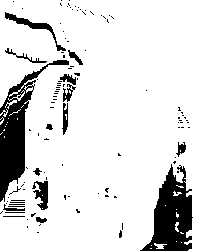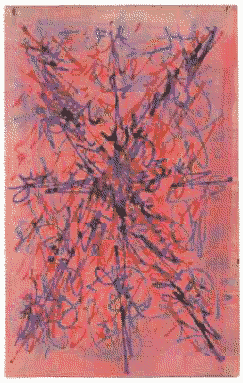Blogger Hrag Vartanian mentions Paddy Johnson's animated GIF show in this short video Q&A on learning that Rhizome.org was selling an animated GIF at the Armory art fair in NY. Rhizome director Lauren Cornell only mentions the selling strategy for one GIF in the interview, which is to "take the work offline so the collector can have it locally." This seems to mean selling a USB or thumb drive with the GIF along with a certificate of authenticity from the artist. "Take it offline" could just mean download it but more likely it means removing the GIF from the internet and locking up the rights for the single owner, which wouldn't be very, um, open source. I asked for clarification but haven't heard anything.
After a bunch of shouting in Vartanian's comments (about his approach to the interview) I added this comment:
Talked to a couple of my net artiste friends about "taking the work offline so the collector can have it locally." The drift seems to be, yeah, it sucks, maybe the collectors will have the good sense to post the GIF and put it back in circulation, and ultimately we don't care how non-open-source Cornell has to be to get people to buy GIFs--it's important for new media type art to be making inroads in the gallery world. So there you have it.
Update: The artist whose GIF was being sold by Rhizome says in the Vartanian blog thread that it was her decision to "take the work offline." I guess that answers the question about whether it will continue to circulate. More.






